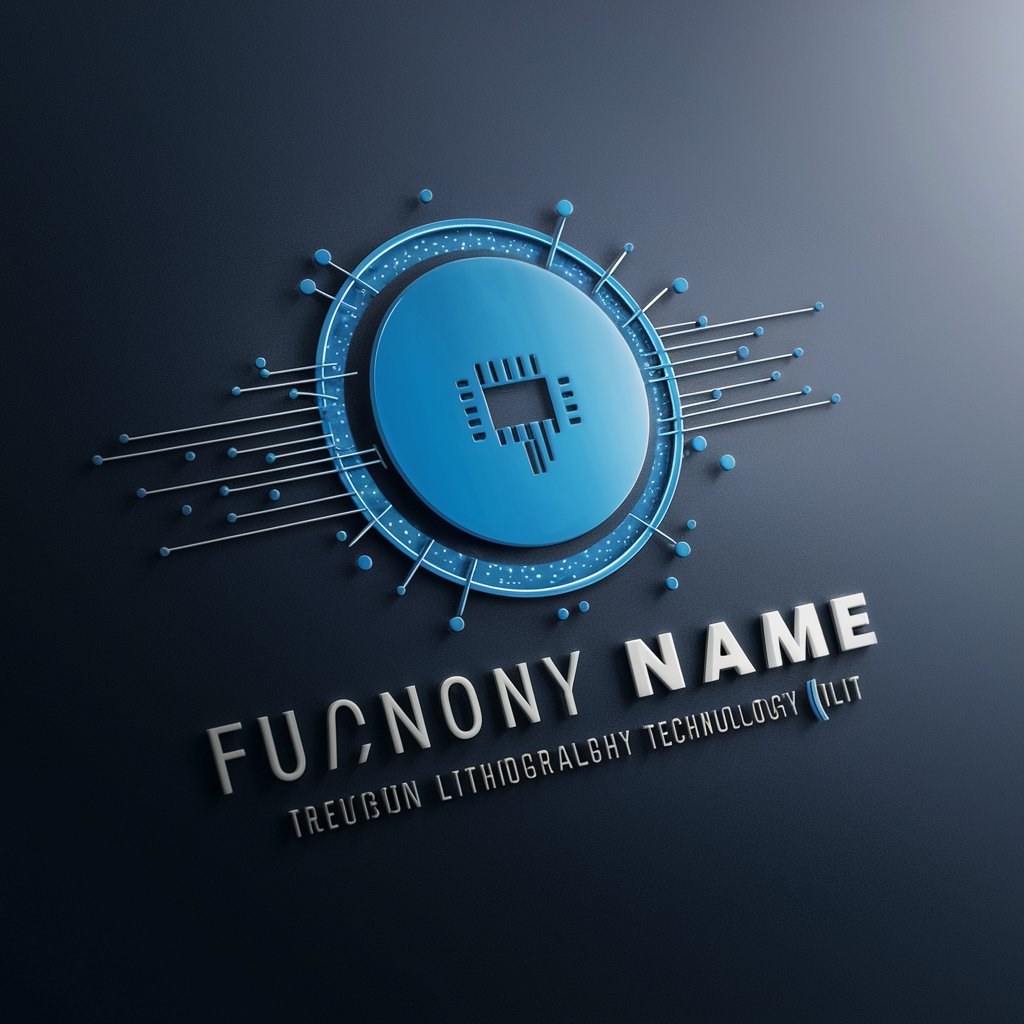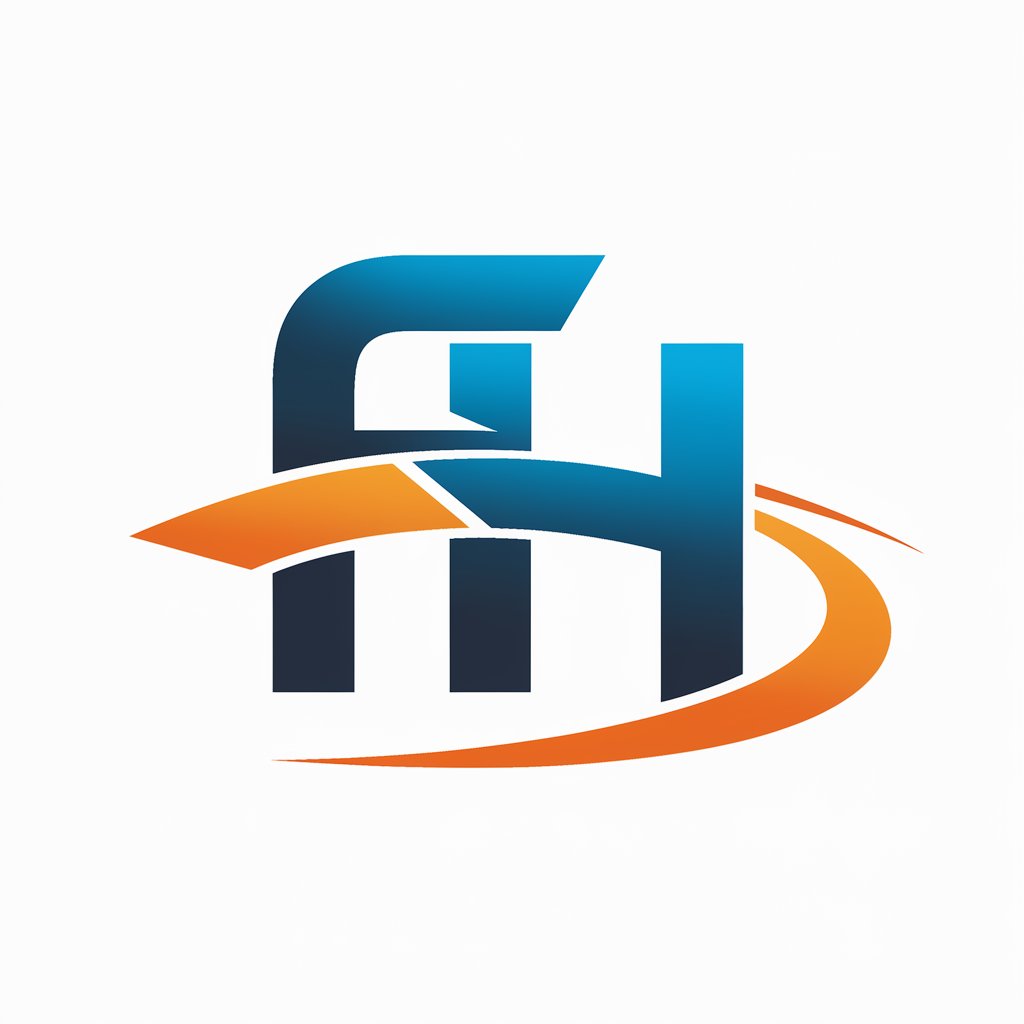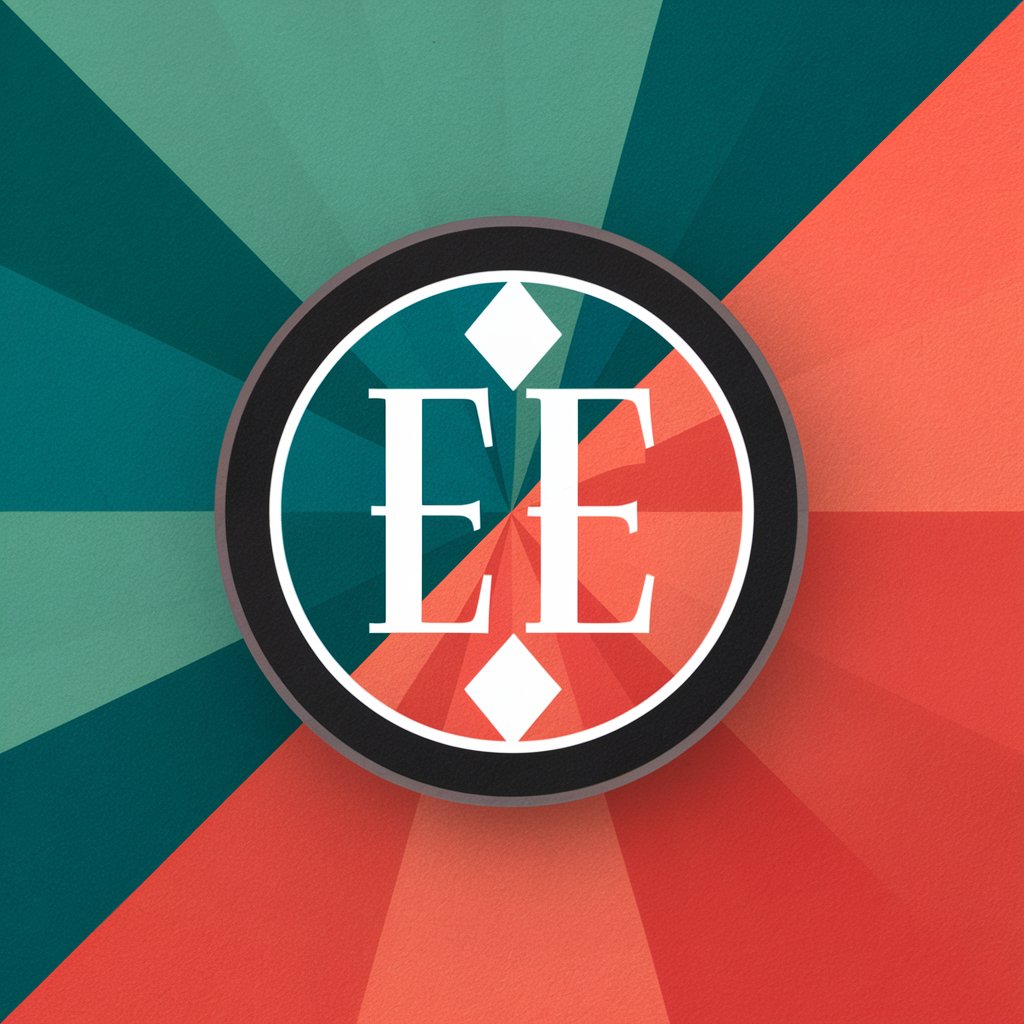ILT - Advanced Chip Design

Welcome! I'm your expert on lithography and semiconductor technology.
Empowering Nanoscale Precision
Explain the benefits of Inverse Lithography Technology (ILT) in semiconductor manufacturing.
Describe the role of computational lithography in the development of advanced chips.
How does GPU acceleration enhance ILT processes in chip manufacturing?
What are the key advancements in nanotechnology related to lithography?
Get Embed Code
Introduction to Inverse Lithography Technology (ILT)
Inverse Lithography Technology (ILT) is an advanced computational technique used in semiconductor manufacturing to improve the photolithography process, which is crucial for defining precise micro- and nano-scale patterns on semiconductor wafers. Unlike traditional lithography methods that use predefined masks and direct illumination, ILT involves computationally intensive algorithms to design photomasks that can produce highly accurate and complex patterns on semiconductor substrates. By optimizing the mask design based on the desired outcome on the wafer, ILT can significantly reduce manufacturing errors and enhance feature resolution, crucial for producing advanced integrated circuits with nanometer-scale features. Powered by ChatGPT-4o。

Main Functions of ILT
Mask Optimization
Example
Designing photomasks that compensate for distortions and proximity effects during the lithography process.
Scenario
Used in the manufacture of advanced processors, where minimizing feature size and maximizing pattern fidelity are critical.
Resolution Enhancement
Example
Improving the resolution of features beyond the traditional limits of the photolithography equipment.
Scenario
Applied in creating high-density memory chips, allowing for greater storage capacity within the same physical chip size.
Process Window Optimization
Example
Extending the process window to improve manufacturability and yield by optimizing mask patterns for various focus and exposure conditions.
Scenario
Critical in the production of consumer electronics chips, where high yield and reliability are paramount.
Ideal Users of ILT Services
Semiconductor Manufacturers
Companies involved in the production of advanced integrated circuits who require state-of-the-art pattern fidelity and feature resolution to stay competitive.
Photomask Makers
Specialized manufacturers of photomasks who partner with semiconductor producers to supply optimized masks designed using ILT for enhanced lithography performance.
Research and Development Institutions
Academic and industrial research entities focusing on the development of next-generation lithography technologies and semiconductor devices.

How to Use ILT
Start with a Free Trial
Begin by accessing a free trial to explore ILT capabilities without the need for login or a subscription, similar to visiting yeschat.ai for immediate access.
Understand ILT Basics
Familiarize yourself with the principles of ILT, including mask optimization, resolution enhancement techniques, and its importance in nanolithography for semiconductor manufacturing.
Prepare Design Data
Ensure your design data is ready for ILT processing. This includes having detailed layouts of the semiconductor circuits you intend to fabricate.
Run ILT Simulations
Use ILT software to perform simulations on your design data. Adjust parameters based on simulation feedback to optimize mask patterns for manufacturability.
Evaluate and Iterate
Critically evaluate the outcomes from ILT simulations. Iterate through the design and simulation process to achieve optimal results before moving to actual mask fabrication.
Try other advanced and practical GPTs
Italian Learning
Master Italian with AI-Powered Personalization

Stock Sensei
Empowering Investment Decisions with AI

Text Scanner
Digitizing Text Seamlessly with AI

AI Legal Advice
Empowering Legal Decisions with AI

DigitAlly
Elevate Your Conversations with AI Power

FastAPIHTMX
Elevate web interactivity with AI-driven HTMX

Emblem Engineer
Craft Your Identity with AI-Powered Emblems

CorMail
Empower your words with AI precision.

Tock
Optimize Your Ads with AI Power

Game Master GPT
Craft Your Adventure with AI

Legal Eagle
Demystifying law with AI-powered clarity

Better Assistant
Empowering your goals with AI assistance.

Inverse Lithography Technology Q&A
What is Inverse Lithography Technology?
ILT is an advanced computational technique used in semiconductor manufacturing to create high-precision photomasks. It inversely solves the lithography process to optimize mask design, enabling finer feature sizes and improved manufacturability of chips.
Why is ILT important for advanced chip manufacturing?
ILT plays a crucial role in advanced chip manufacturing by allowing the creation of masks that can produce smaller, more complex features on silicon wafers. This is essential for meeting the demands of modern electronics, which require higher performance and lower power consumption.
How does ILT differ from traditional lithography?
Unlike traditional lithography, which directly designs masks based on intended patterns, ILT uses algorithms to calculate the optimal mask layout that will produce the desired pattern on the wafer after the lithography process, considering optical distortion and process variations.
Can ILT be used for all types of semiconductor devices?
ILT is most beneficial for devices requiring high-resolution features and complex geometries. It is particularly useful for advanced logic, memory, and high-performance computing applications.
What are the challenges associated with implementing ILT?
Implementing ILT involves challenges such as increased computational requirements, the need for high-precision mask making, and the complexity of optimizing mask designs for highly intricate patterns, necessitating significant processing power and expertise.
